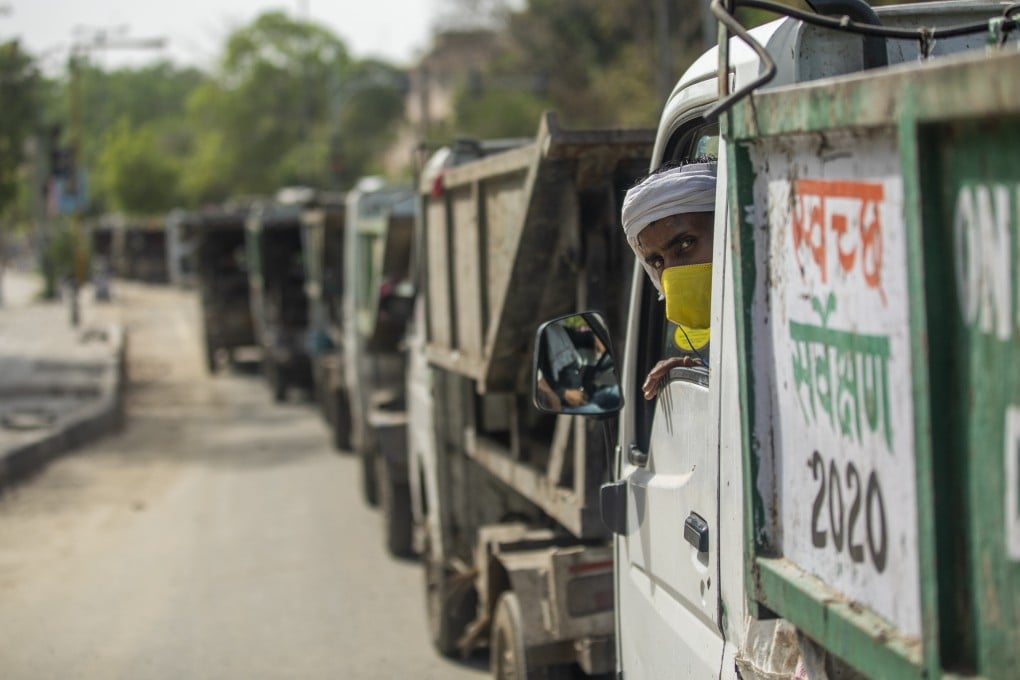Coronavirus could push 160 million more into poverty across Asia, ADB warns
- Overall gross domestic product growth for developing Asia will contract by 0.7 per cent this year, marking its first negative economic growth since 1962
- The Asian Development Bank cuts China growth forecast to 1.8 per cent this year from 2.3 per cent previously, although it will rebound 7.7 per cent in 2021

The coronavirus pandemic and the containment measures required to combat it will push millions of people in Asia into absolute poverty and widen inequality within industries and countries in the Asia-Pacific region, according to the Asian Development Bank (ADB).
Asia has seen a dramatic decline in poverty as the proportion of the region’s gross domestic product (GDP) rose to one third of the global economy from a quarter over the past 15 years.
“However, because of Covid-19, economic growth became negative so income became smaller, and poor people particularly encountered this income decline,” said ADB chief economist Yasuyuki Sawada.
“We are likely to observe a huge number of people falling below the poverty line according to our assessment, [with] more than 160 million people in the region to fall below the poverty line.”

06:06
Coronavirus: Which countries and regions in the world are most at risk in the Covid-19 pandemic?
Sawada’s calculation is based on the international poverty threshold of US$3.2 per person per day.